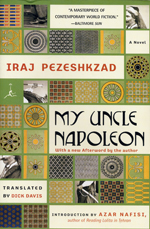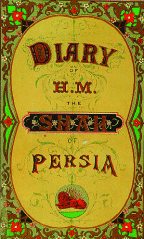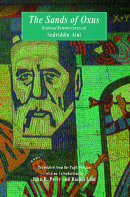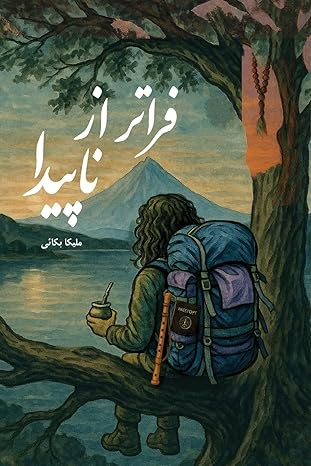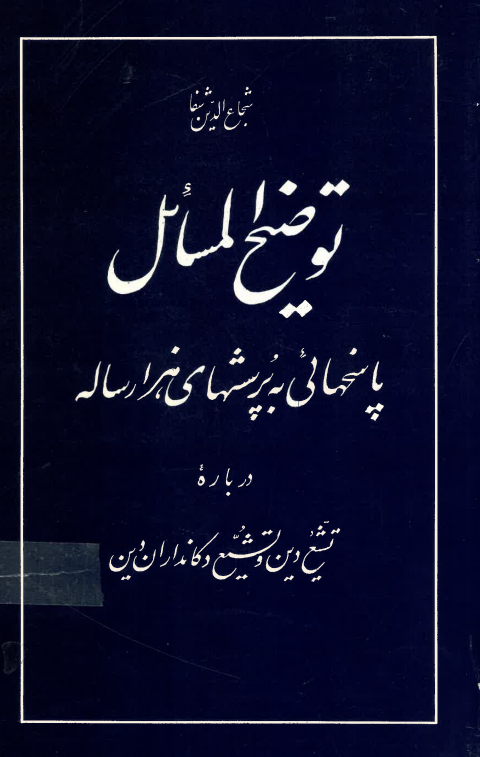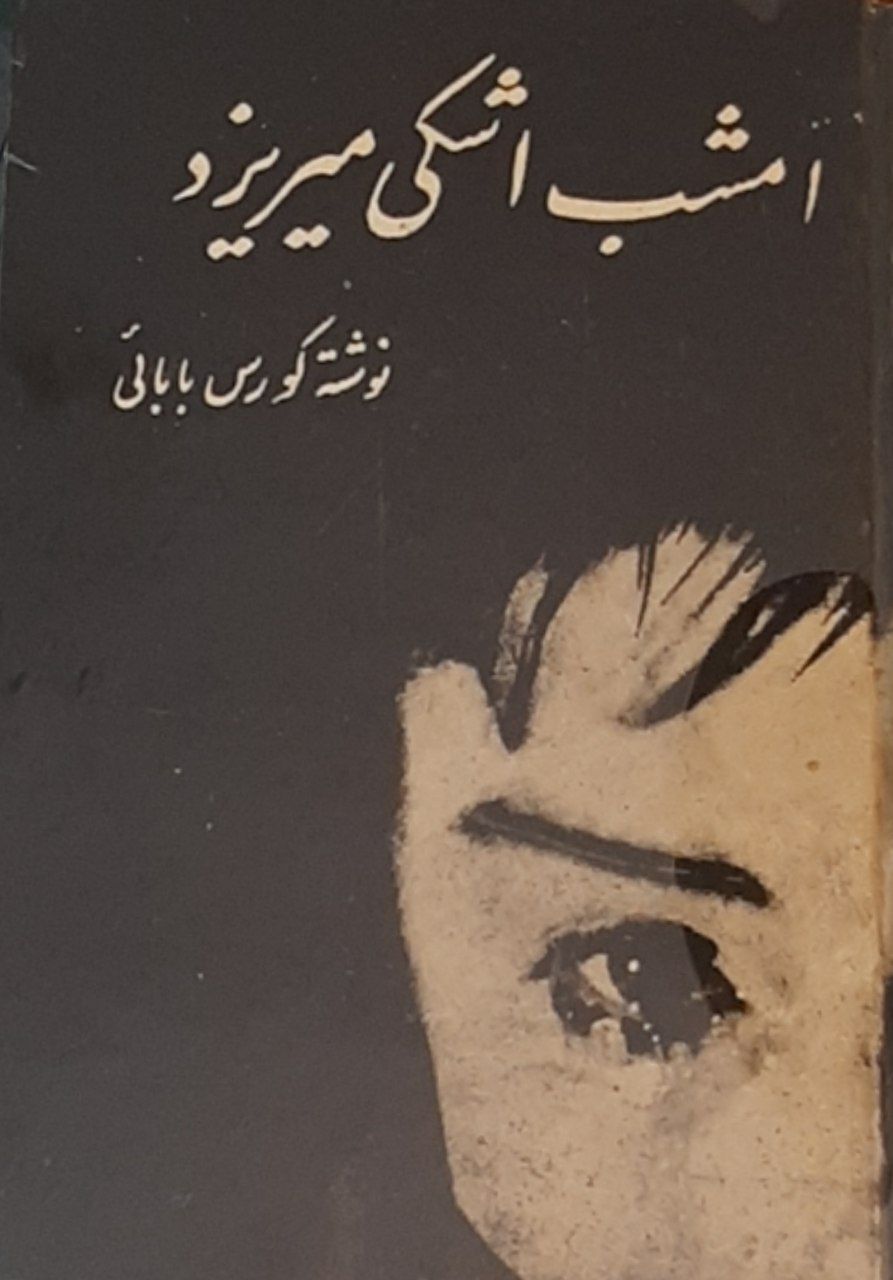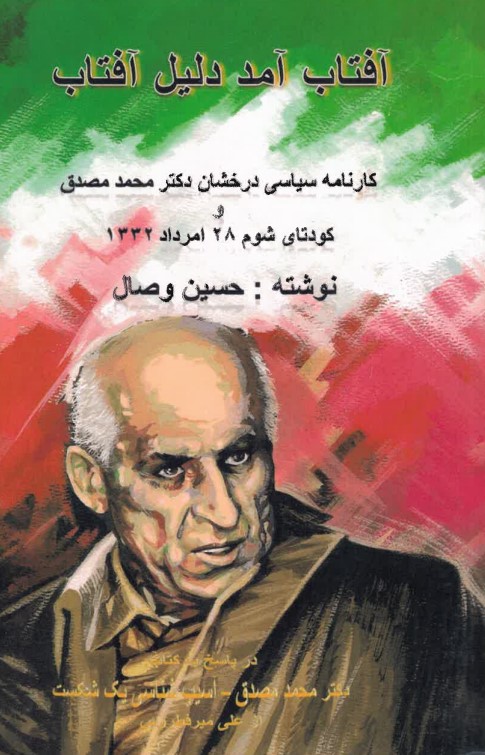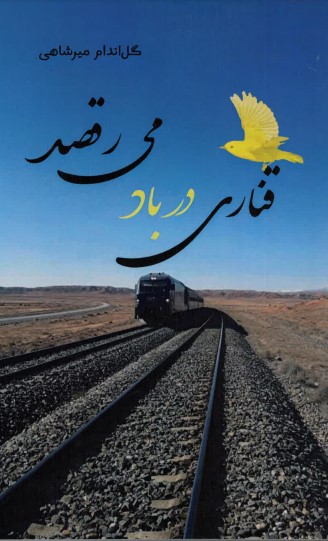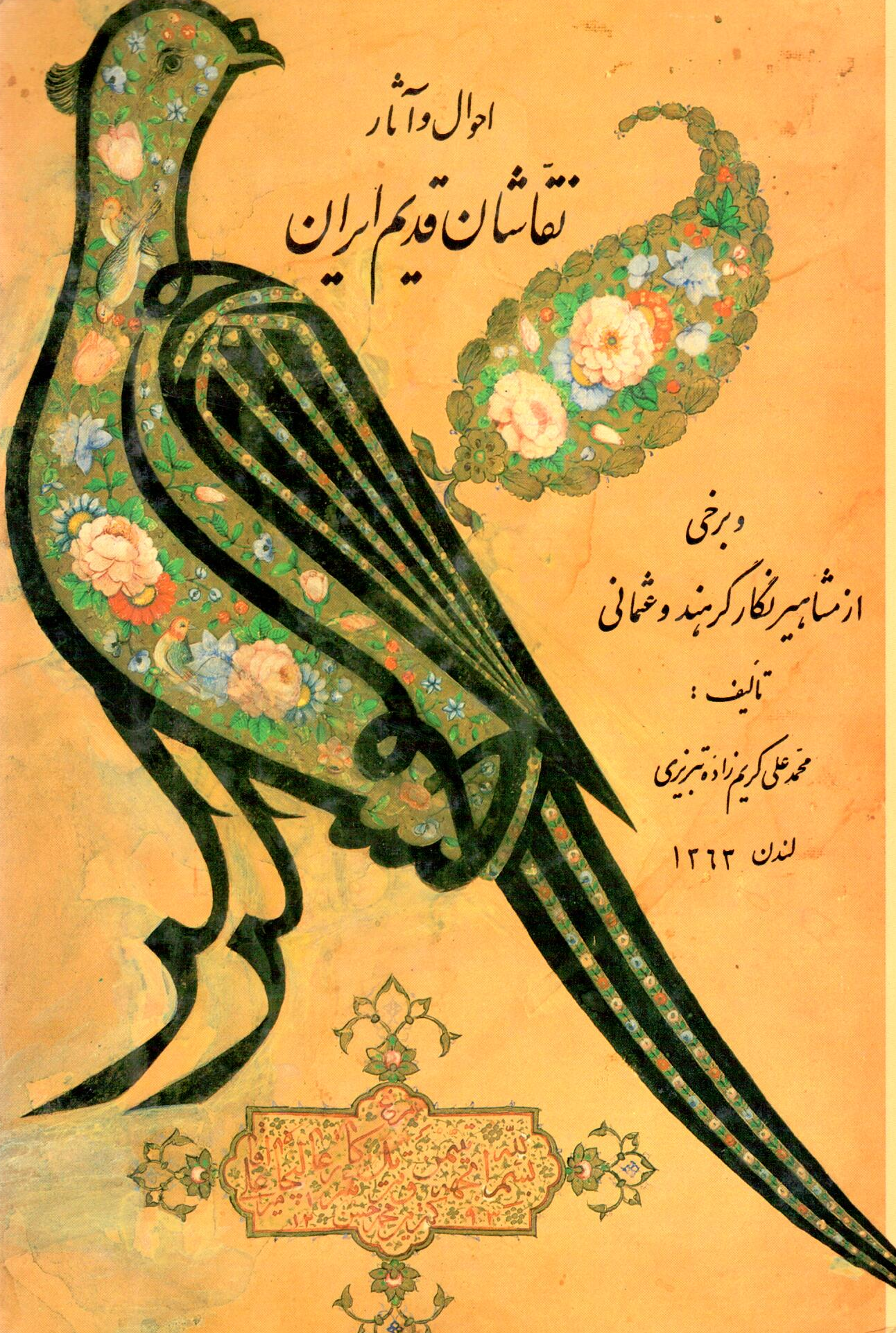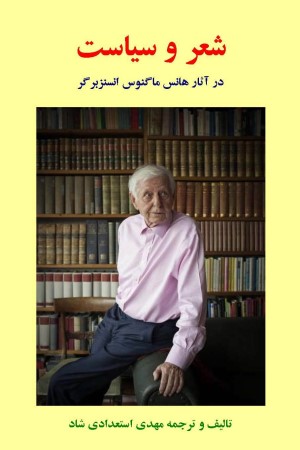Reading Lolita in Tehran انگلیسی 2003
Reading Lolita in Tehran
31٫69 $
اشتراکگذاری
Wishlist
This book transcends categorization as memoir, literary criticism or social history, though it is superb as all three. Literature professor Nafisi returned to her native Iran after a long education abroad, remained there for some 18 years, and left in 1997 for the United States, where she now teaches at Johns Hopkins. Woven through her story are the books she has taught along the way, among them works by Nabokov, Fitzgerald, James and Austen. She casts each author in a new light, showing, for instance, how to interpret The Great Gatsby against the turbulence of the Iranian revolution and how her students see Daisy Miller as Iraqi bombs fall on Tehran Daisy is evil and deserves to die, one student blurts out. Lolita becomes a brilliant metaphor for life in the Islamic republic. The desperate truth of Lolita's story is... the confiscation of one individual's life by another, Nafisi writes. The parallel to women's lives is clear: we had become the figment of someone else's dreams. A stern ayatollah, a self-proclaimed philosopher-king, had come to rule our land.... And he now wanted to re-create us. Nafisi's Iran, with its omnipresent slogans, morality squads and one central character
more
This book transcends categorization as memoir, literary criticism or social history, though it is superb as all three. Literature professor Nafisi returned to her native Iran after a long education abroad, remained there for some 18 years, and left in 1997 for the United States, where she now teaches at Johns Hopkins. Woven through her story are the books she has taught along the way, among them works by Nabokov, Fitzgerald, James and Austen. She casts each author in a new light, showing, for instance, how to interpret The Great Gatsby against the turbulence of the Iranian revolution and how her students see Daisy Miller as Iraqi bombs fall on Tehran Daisy is evil and deserves to die, one student blurts out. Lolita becomes a brilliant metaphor for life in the Islamic republic. The desperate truth of Lolita's story is... the confiscation of one individual's life by another, Nafisi writes. The parallel to women's lives is clear: we had become the figment of someone else's dreams. A stern ayatollah, a self-proclaimed philosopher-king, had come to rule our land.... And he now wanted to re-create us. Nafisi's Iran, with its omnipresent slogans, morality squads and one central character
more



